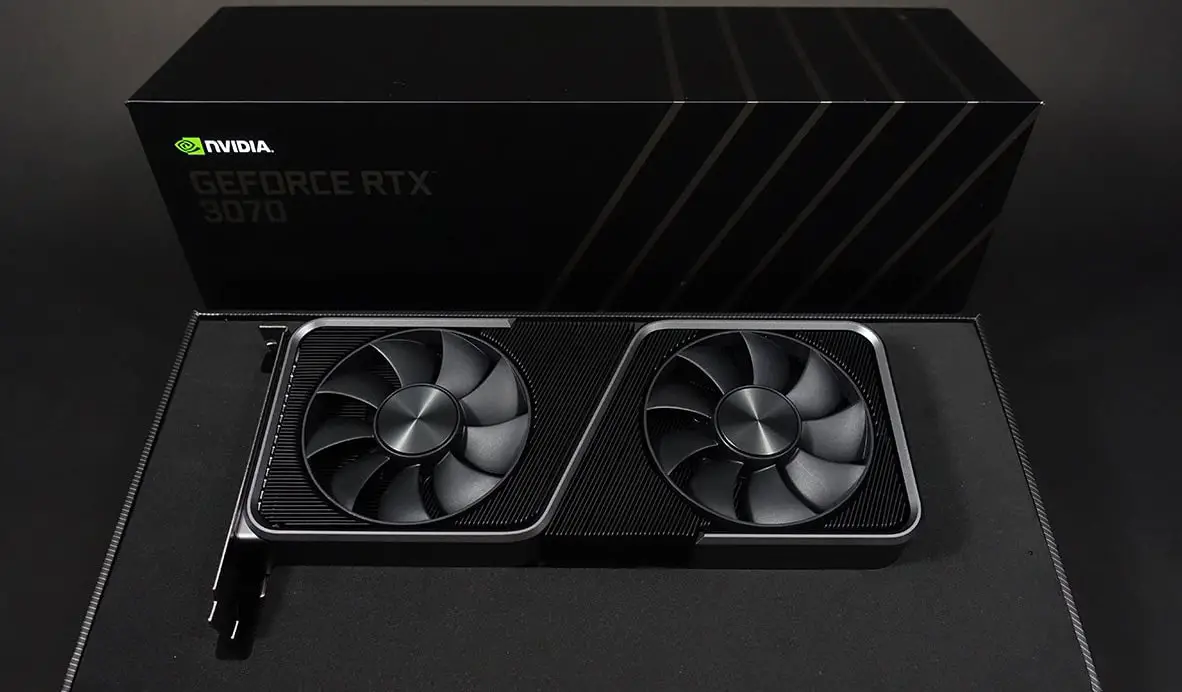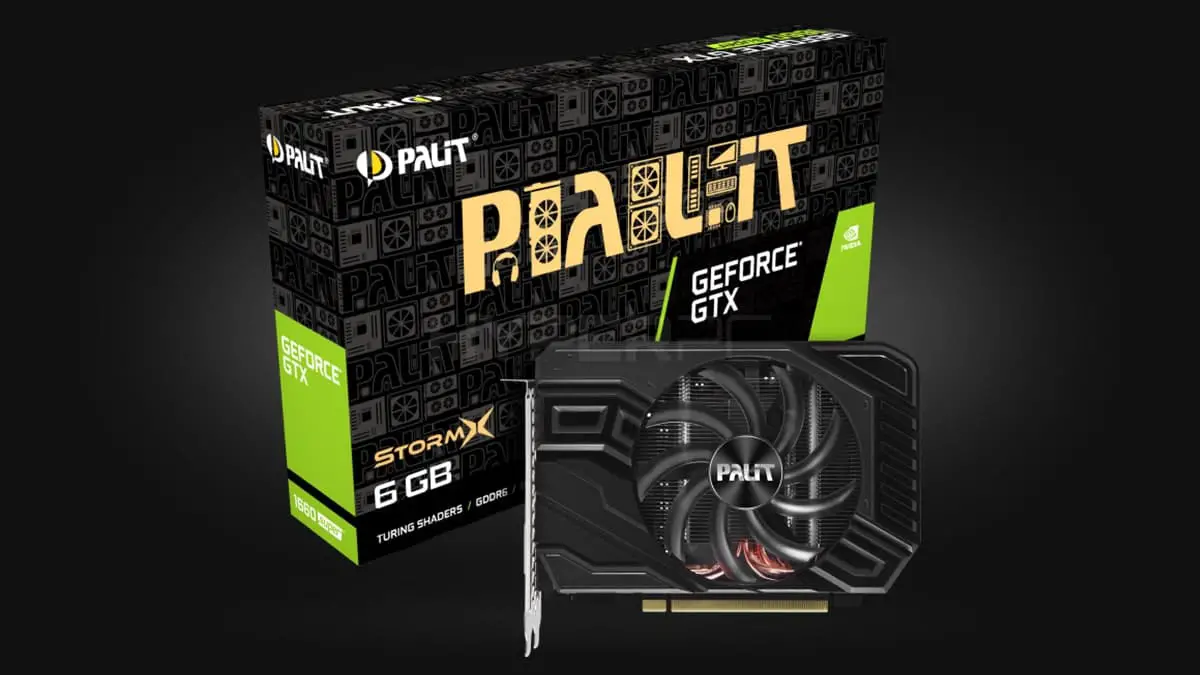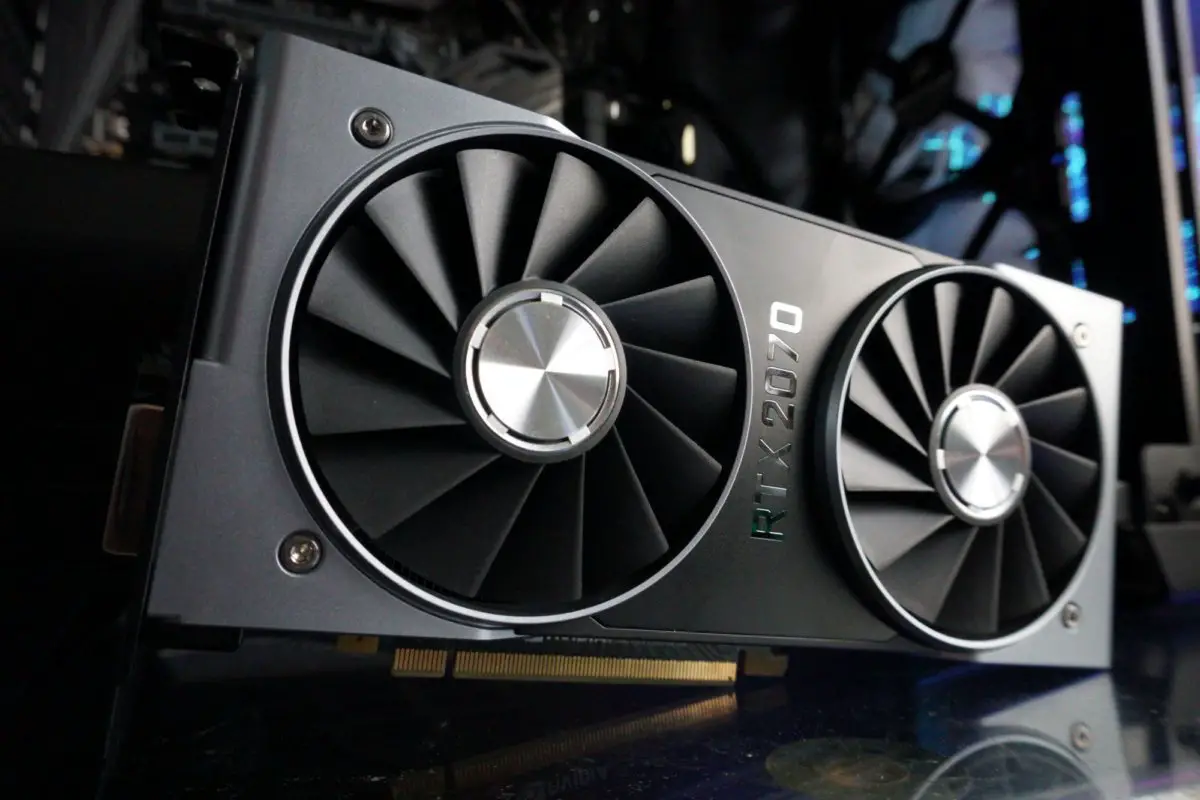Mining DASH – DASH is a cryptocurrency, launched in 2013 and originally called X-Coin, later it changed its name to Darkcoin, and then became known as DASH. Unlike most cryptocurrencies, such as Bitcoin or Ethereum, the DASH infrastructure uses a two-tier network that relies on miners and master codes. The network uses proof of work, which is the same consensus mechanism that Bitcoin uses. However, the master node provides a level of service in which the nodes act as transactional mixers, as well as a voting mechanism for managing digital currency.

Founder Evan Duffield began working as a Bitcoin user in 2010. Using this currency, he discovered a couple of areas that he thought could be improved, including speed and privacy. Cryptocurrency was created to solve these problems using functions such as PrivateSend and InstantSend.
Technology PrivateSend provides privacy. Cryptocurrencies are not tied to a centralized regulatory authority, such as a bank or government, they provide a greater level of confidentiality than traditional digital payment methods. Some believe that, despite the anonymity of the transaction, they are not truly private.
For example, each Bitcoin transaction may be viewed by any user of the network, although it is not possible to view the personal information associated with these transactions, some users fear that the data may be disclosed with a little analysis. DASH provides a solution to this problem with its coin mixing service, which transfers funds using a more private and anonymous method.
Privacy is considered by developers as a type of fundamental right. This is the reason for allowing users to make transactions with real privacy, which ensures that no one can associate a user’s identity with a specific transaction or address. The end result is that DASH users have the ability to keep each transaction completely confidential.
Transaction speed is also a problem for cryptocurrency users, and DASH created InstantSend to solve this problem. This feature allows you to perform almost instant transactions and guarantees quick confirmation, which takes a little less than 4 seconds.
This cryptocurrency provides increased security. It operates on a network that is secure and decentralized, since it uses advanced encryption and a two-tier structure to ensure the complete security of its users. In addition, it has source code that is open, and also available for viewing and verification by any user. This increases the security and independence of the system. All transactions are carefully handled by the distributed capacity of several independent computers around the world.
DASH has transaction fees that are significantly lower compared to credit cards or bank transfers. In fact, there is a minimum fee charged for the use of funds, as well as for sending micropayments worldwide.
This cryptocurrency also has a set of mechanisms that are well defined for users, they can send to the network proposals for improving the quality of services. This is useful for end users as they can request what they consider the most important.
Personal wallets control all funds in DASH. In addition, the distributed network monitors and checks all remittances. This eliminates all middlemen. Having a wallet allows users to transfer money anywhere in the world. Third parties cannot block or track these broadcasts. DASH has global payments and infrastructure to facilitate this process. It brings people together, shortens distances, and stimulates additional international interaction that does not depend on the local currency or person’s location.
New features or versions of DASH are extensively tested in the test network before they are released to the main. When a new feature or version of DASH is released on the main network, a notification is sent to the users informing them about the changes and the need for updating. Those who update, launch a new code, but it is not activated until a sufficient percentage of network participants (usually 80%) reach a consensus on its launch.
In case of errors occurring with the new code, client blocks are not discarded by the network, but are excluded. Error data can then be collected and sent to the development team. When a team is satisfied with the stability of the new code and as soon as an acceptable consensus is reached, the forced update of the code can be activated remotely by several members of the main development team. who sign the network message with their private keys. In case of problems, the code can be deactivated in the same way, without the need to update the network or the client.
Mining features DASH

Mining is the process of adding transaction records to a DASH public book. This transaction book is called a blockchain. A blockchain is used to confirm that transactions have been completed for the rest of the network. Nodes use a blockchain to distinguish legitimate transactions from attempts to re-spend coins that have already been spent elsewhere.
Mining is deliberately designed to be resource-intensive and complex, so that the number of blocks solved by the miners every day remains unchanged. This is a dynamic indicator that is constantly growing, depending on the power involved in the extraction of equipment. Separate blocks should contain evidence that the work is considered valid. This proof of operation is verified by other nodes each time they receive a block.
The miner’s task is to process a transaction in the blockchain network. To do this, the equipment solves complex math problems by iterating through the set of hash combinations to find the only correct one. As soon as the hash is guessed, the transaction block is considered solved, and the miners receive a reward and proceed to the next. The more powerful the equipment, the more combinations it will be able to sort through, therefore, it is more likely to solve the problem and get coins.
Miners are paid a reward for their work. It consists of transaction fees as well as newly created coins. This serves the purpose of distributing new coins on a decentralized basis, as well as motivating people to ensure the security of the system.
One of the main differences between DASH mining and other popular digital currencies is the abandonment of the most common Scrypt and SHA-256 algorithms. Instead, DASH uses the Proof-of-Work (PoW) consensus mechanism and the X11 hash algorithm created by DASH core developer Evan Duffield. The X11 algorithm uses a sequence of 11 hashing algorithms and was designed to make mining using ASIC on X11 much more difficult. It also requires less computing power than the BitWine SHA-256 PoW algorithm.
X11 is the name of the Chain Proof Work (PoW) algorithm, which was introduced in DASH (launched in January 2014 as “X-coin”). In part, he was inspired by the quark approach to the chain, but differs from it in that rounds of hashes are determined based on an algorithm, instead of a random selection.
The X11 algorithm uses several cycles from 11 different hashes (blake, bmw, groestl, jh, keccak, skein, luffa, cubehash, shavite, simd, echo), which makes it one of the safest and more complex cryptographic hashes used by modern cryptocurrencies.
The increased complexity of the binding algorithm provides an increased level of security and less uncertainty for the digital currency compared to PoW solutions that are not protected against risks such as SPOF (Single Point Of Failure). For example, a possible, but not probable computational breakthrough that “breaks” the SHA256 hash can threaten the entire Bitcoin network until it goes through a fork into another cryptographic hash.
In the case of a similar breakthrough of calculations, digital currency using X11 PoW will continue to function reliably if all 11 hashes are not broken at the same time. Even if some of them turn out to be unreliable, this will be a warning to take action and replace problematic hashes with other more reliable hashing algorithms.
Given the speculative nature of digital currencies and their inherent uncertainties, the X11 algorithm can provide the confidence of its users and potential investors. Hash chains, such as X11, provide increased security and longevity to maintain profit goals, diversify investments, and hedge the risks associated with currencies that suffer from SPOF.
DASH also uses an open source algorithm that controls mining complexity, called Dark Gravity Wave (DGW). This leads to the fact that the complexity level is adjusted every block, instead of every 2016 blocks, like in Bitcoin. It acts as a critically damped harmonic oscillator and responds effectively to changes in the logarithmic scale of the mining pool for short periods. The Dark Gravity Wave algorithm uses several exponential moving averages and a simple movement to smoothly adjust complexity.
Dark Gravity Wave coins as an algorithm are not susceptible to multipole problems as they redirect complexity to each individual block. In addition, with the DGW, the chain becomes safer, and the blocks are much more consistent, despite large fluctuations in production. In addition to controlled complexity, Dark Gravity Wave also has a higher level of security, faster transactions and a reliable chain.
The implementation of this algorithm makes it difficult to tune up by 300% or down by 60% in each block. This approach was chosen in order to allow DASH to competently cope with the fast-growing and potentially unstable dynamics of the hash rate of the new network, as well as to effectively respond to any future changes in it.
Like Bitcoin, DASH uses regular nodes to support and protect the network through transaction checks and currency creation. Masternody perform specialized functions such as InstantSend for instant transactions, PrivateSend for anonymity, decentralized management, decentralized processing of payments through DASH Evolution, as well as the provision of voting rights. Masternods are crucial for the ecosystem. There are three key elements needed to set up and launch them, which include owning and storing 1,000 coins, a Linux server or a virtual private server (VPS), and a DASH wallet.
In addition to traditional mining, DASH offers to receive rewards for launching and maintaining masternods. Masternods are servers that join the network and do the work of providing the minimum level of performance and functionality that is necessary to ensure the operation of the PrivateSend and InstantSend functions, which ensure the confidentiality and high speed of transactions. Masterworkers are rewarded for their work. This is an addition to the work that miners do. They can also vote for proposals for managing and financing the network, with each of them having one vote (yes / no / abstain) for any proposal presented in the system.
Any user can start such a server. The main task is to ensure adequate decentralization and to ensure that a significant part of the workshop is not under the control of one person. To prevent network bloatting, one condition must be met that the user running the server must have 1000 DASH tokens on the balance sheet. Coins do not have to be in the master-shop, but they must be kept so that the entire network can see it. If the user transfers or consumes these tokens, the server stops working and payment stops.
Masterships are charged for providing PrivateSend, InstantSend and network management services. 45% of the remuneration for the unit is paid to the owners of the workshop, 45% to the miners, and 10% is retained for the further development of the network. Master node are selected randomly for payment in each block (approximately every 2.5 minutes) from the list when they reach 10% of the total amount and are moved to the end of the list after payment.
As the number of masternotes increases, the duration between payments increases. Because of the selection algorithm, there is always an aspect of chance to choose a payment, but in the long run, all masternod owners should receive similar payments. If the server stops providing network services for more than one hour, it is removed from the list until normal maintenance resumes. In this way,
Thanks to the reward system, there is no risk of not having enough of such servers, and developers can count on the rapid deployment of any new decentralized function that they want to implement. According to the users, this is precisely the strength of DASH – a stimulated system of thousands of distributed servers running 24/7, which means that DASH can scale more efficiently and deploy services faster than a blockchain fully executed by unpaid volunteers. The more masternodes, the better and safer the DASH network.
Mining equipment DASH
You can extract DASH using a processor, video card and ASIC devices. Due to the growing complexity of the network, mining on CPUs is increasingly unclaimed, as their power is not enough to get any significant result.
For production on video cards, models from Nvidia and Radeon are used. On weak graphics cards, mining is impossible, so before starting work you need to invest in the purchase of suitable equipment. When choosing a video card, you need to be guided by the following parameters:
- The amount of video memory. The more video memory, the better. Video cards with less than 2 GB of memory can not provide the desired result.
- Memory speed Best suited video card that has a standard DDR-5 memory. They provide the best balance of power and energy consumption.
- Tire. For mining, equipment with a 256-bit bus is best suited.
- Cooling. The powerful active cooling system largely prevents overheating and equipment wear.
- Overclocking This feature allows you to increase the power of the video adapter.

Also for mining DASH, you can use ASIC devices. They are an application-specific integrated circuit and provide a type of processor that is designed for only one purpose. ASICs are a popular choice for developing cryptocurrency systems, as they can provide higher efficiency than miners running on central or graphics processors, which leads to an increase in profits.
Each ASIC device is designed with the support of one specific algorithm and makes it possible to mine only that coin that uses this algorithm. To extract DASH, you must use a device that works with the X11 algorithm. When choosing ASIC you should also pay attention to the hashrate efficiency and power consumption.
Mining pools DASH
To achieve maximum production results, it is advisable to mine the cryptocurrency in the pool. There are a large number of pools that allow you to mine DASH, but they all have their own advantages and disadvantages.
Antpool for mining DASH
Antpool is one of the world’s largest cryptocurrency mining pools. Based in China, Antpool is managed by Bitmain, the world’s largest manufacturer of smart devices ASIC. In fact, most of this pool runs on Antminer devices. Antpool launched its first unit in March 2014.
Creating an Antpool account is free. However, fees may apply. PPS, or Pay Per Share, means that users are paid a remuneration in proportion to the number of hash rates they contribute to the pool. PPS is considered a sustainable and predictable way of making money in the pool.
The work of miners is paid regardless of whether the pool extracts new blocks. PPS usually has a higher pay. Those miners who prefer to receive payments through the PPS system are charged a fee of 5%.
The PPLNS payment system, or Pay Per Last N Shares, means that revenues are based on the number of blocks that the pool finds. With PPLNS, payouts are tied to the success of the search pool and adding blocks to the block chain and receiving coins, because users are paid based on their average contribution to the hash rating to find the right combinations for a certain period of time. PPLNS usually has a lower fee than PPS. Commission using this system of payment is not charged.
PPS +, or Pay Per Share Plus, was introduced at the end of 2016 by many pools. PPS +, like PPS, pays miners consistently, based on how much hashing they contribute to the pool. Thus, the difference between PPS + and PPS is that PPS + also rewards miners with a portion of any DASH transaction fees for blocks mined by the pool based on the PPLNS calculation method. The commission when using PPS + on Antpool is 4%.
Antpool uses Stratum mining protocol in its work. This means that its servers are distributed worldwide, in countries such as China, Germany and the United States, and the pool users are automatically distributed to the servers closest to them for maximum performance.
The daily Antpool output threshold has a minimum value that is equivalent to 0.001 BTC. It offers robust security options, such as two-factor authentication, email alerts, and wallets blocking. In addition, Antpool has a convenient and intuitive interface, which is largely suitable for beginners. It also has mobile apps for iOS and Android.
Nicehash for mining DASH
Nicehash is one of the most popular mining pools in the world. It was founded in 2014 and gained a good reputation among miners due to its rich functionality and stable operation.
Nicehash applies a new approach to cryptocurrency development, which depends on the relationship between sellers and buyers. Users have a total of 3 options for using the service. First, they can sell the hashing power that their mining equipment generates to make a profit. Secondly, miners can buy a package of services for the extraction of a certain cryptocurrency. Thirdly, both options can be combined.
Nicehash clients can choose from two different servers based on their location in Europe and the USA. This is done to ensure maximum production efficiency at an affordable connection speed. It is worth noting that fixed contracts based on US servers are priced slightly higher compared to European contracts.
Nicehash charges 3% transaction fees based on hashpower. The pool processes this fee from each side; both the buyer and the seller will have to pay the processing fee.
Nicehash is available in three different languages. In addition to English, customers can read information in Russian and Chinese. The platform provides detailed information on trading hashes, setting up mining, or purchasing cloud mining contracts. The FAQ section is well structured and has answers to most of the questions that users have.
Nicehash has fairly standard security settings that include secure web pages and two-factor authentication, which makes the pool secure in terms of security and privacy. However, there is always a risk of hacking into the cloud computing service, so it is recommended not to leave large amounts in the account.
Nicehash has responsive and efficient customer service, which can be obtained via email or by creating a ticket on the platform. Most of the common customer problems are already listed in the frequently asked questions section of the website, which makes it easier for users to troubleshoot or resolve issues without interacting with the support team.
Via BTC for mining DASH
ViaBTC (Viabtc Technology Limited) was founded in May 2016 as an innovative cryptocurrency project. Viabtc has developed one of the largest pools for the extraction of various coins using the most advanced technologies.
The pool website has a simple interface that even beginners will understand. Users can perform all the necessary operations on the screen of any size, including cell phones and portable computers. The drop-down menu at the top of the page is a guide to frequently asked questions, a registration page, and a login to anyone who has already registered. Customer service quickly answers any questions, and phone numbers and e-mail address are displayed in a prominent place.
The pool uses the PPS and PPLNS payment methods. PPS fees are 4% of block-based fees and 2% of transactions. The PPLNS commission includes a 5% block remuneration fee and 2% flexible transaction fees.
This is one of the fastest and most versatile cryptocurrency mining pools. Perfect for beginners, as it has a simple and intuitive interface, it is possible to mine in 10 minutes after registration. It is possible to analyze the ability of the computer to determine the optimal production options.
In addition to the presented services, you can mine DASH on other pools, they have less power and popularity, but have all the necessary tools for mining: Poolmining, Cointron, Miningpoolhub, ZPool, Aikapool and Cryptopool.
Also, for effective mining DASH, you can use the services of cloud mining. Cloud mining is the mining of cryptocurrency on rented equipment. The equipment itself is housed in special centers, and is serviced by companies providing these services. The main feature of such services is the lack of large investments for mining. The user is free from the need to purchase, configure, deploy and maintain equipment. All he needs is to register on the cloud mining service, pay the rent and choose the cryptocurrency he wants to mine.
In order to choose a reliable cloud mining site, you need to adhere to some criteria, such as: publicity of the development team, period of presence in the market, prices, power, and methods of depositing funds.
Taking into account all the necessary requirements, some services stand out among competitors:
HashFlare – this service, according to many experts, is a leader in its industry. The platform provides reliable cloud mining DASH and is based in Iceland. HashFlare has one of the lowest prices on the market, contracts are made for a year, there are 5 different rental rates. The withdrawal of tokens is instant, the commission is below the market average. Pleases a good and clear interface, rich technical functionality and support for the Russian language.
IQMining – this platform has been operating since 2016 and offers a transparent service at low prices, in addition, various discounts are often offered. Contracts are concluded for a year, and the DASH production tariff pays off in 3-4 months. There is also a wide range of payment systems, and there is no commission for withdrawal. Another feature of IQMining is the mining algorithm, which monitors performance and independently disables mining of low-income altcoins.
Genesis Mining – this service was founded in 2013 and is one of the largest cryptocurrency companies in the world that provides reliable mining. Here are 4 different rental options that differ in cost and power. In addition, it is possible to create an individual rental package. The minimum contract term for mining DASH is 1 month. Payment is made by credit card. In addition to DASH, about a dozen more cryptocurrencies are available for mining. This is not the most profitable cloud mining service, but one of the most stable and reliable.
Mining software DASH
There are also programs for mining DASH. They allow you to maximize production and have a wide range of functions and settings.
CGminer is the best console mining program. It is quite difficult to configure and is designed for experienced users, but it has great advantages over competitors, which are expressed in high performance.
BitMinter is a program with an intuitive and pleasant interface that allows novices to work with it comfortably, but experienced users also do not bypass it. Designed for the extraction of cryptocurrency on the same pool. Available for download after registration.
Easyminer – this program works only with ASIC devices. Thanks to its uncomplicated interface, it is very easy to configure. The main feature is a good visualization of the mining process.














